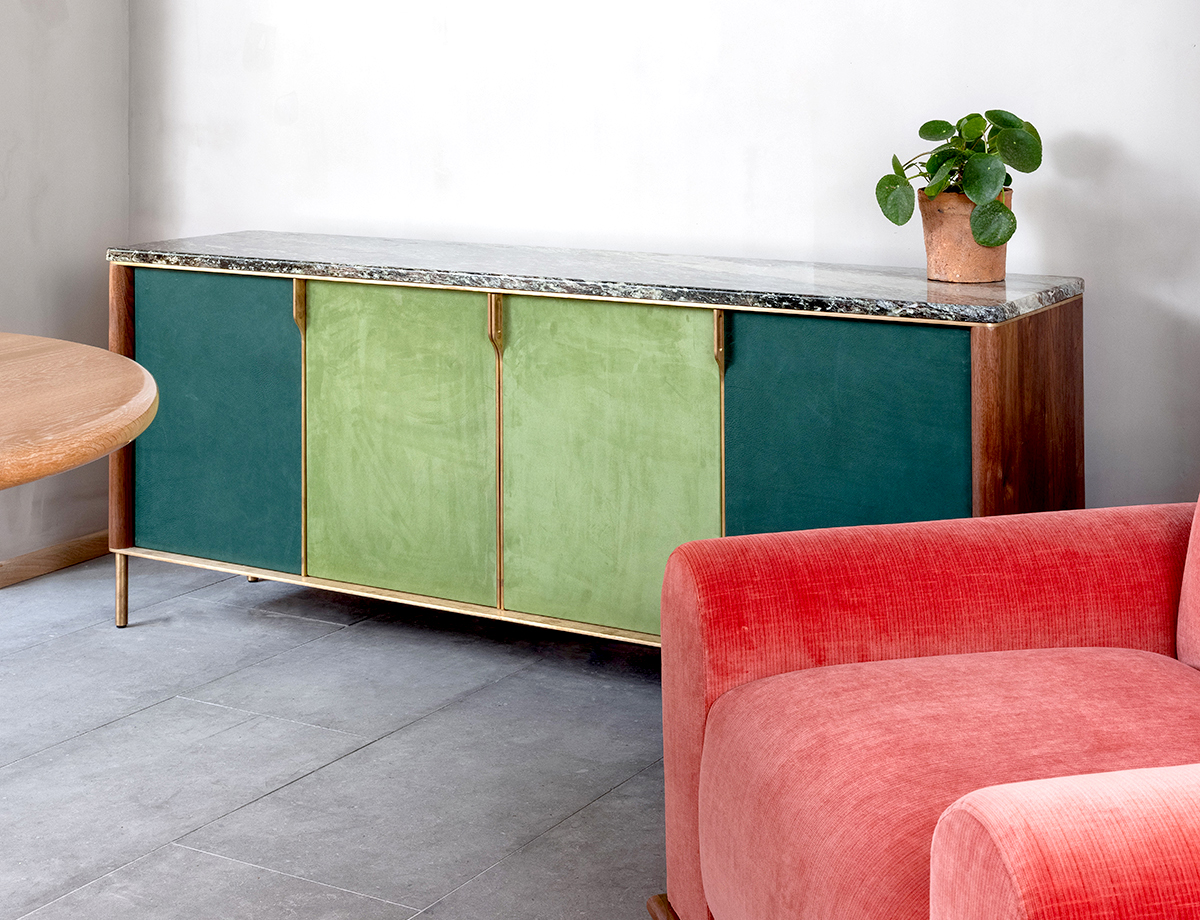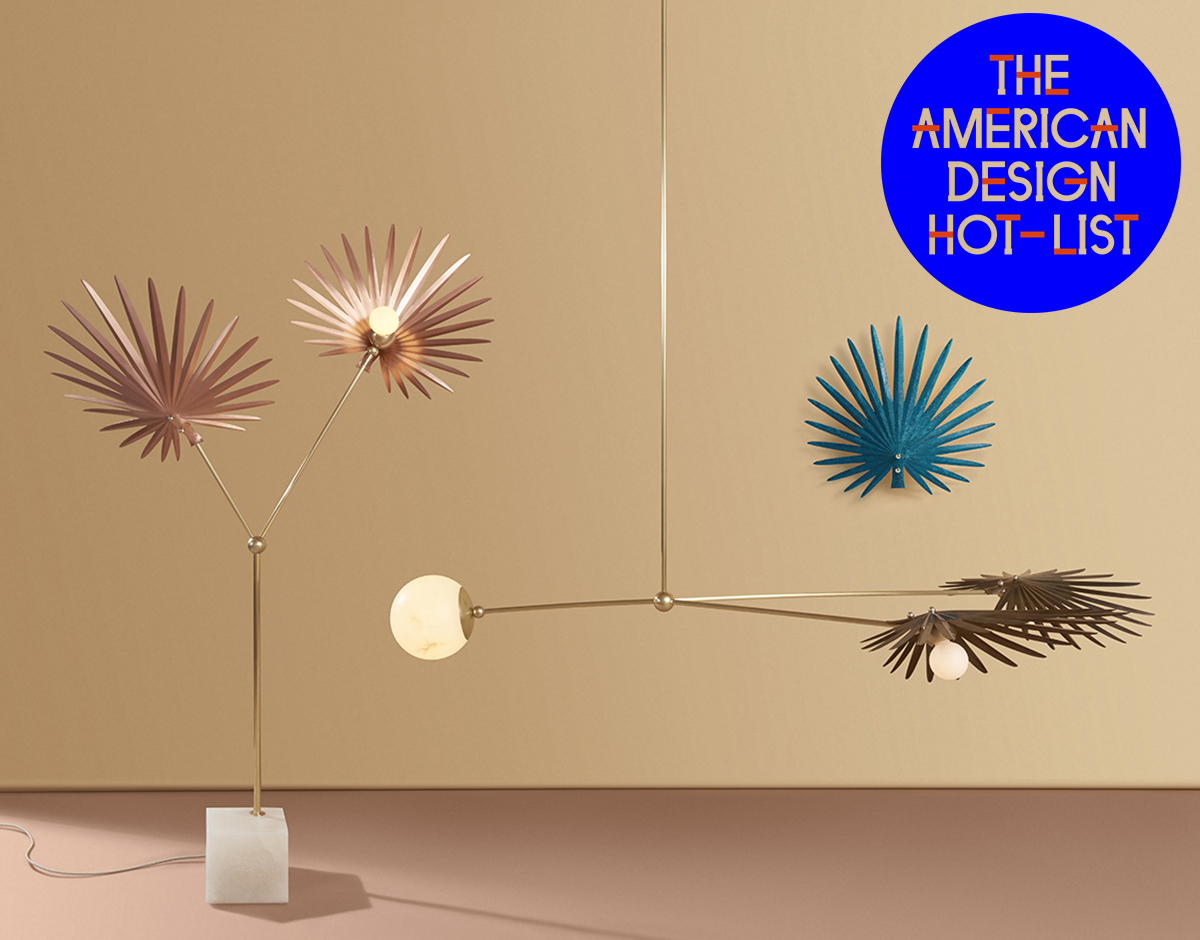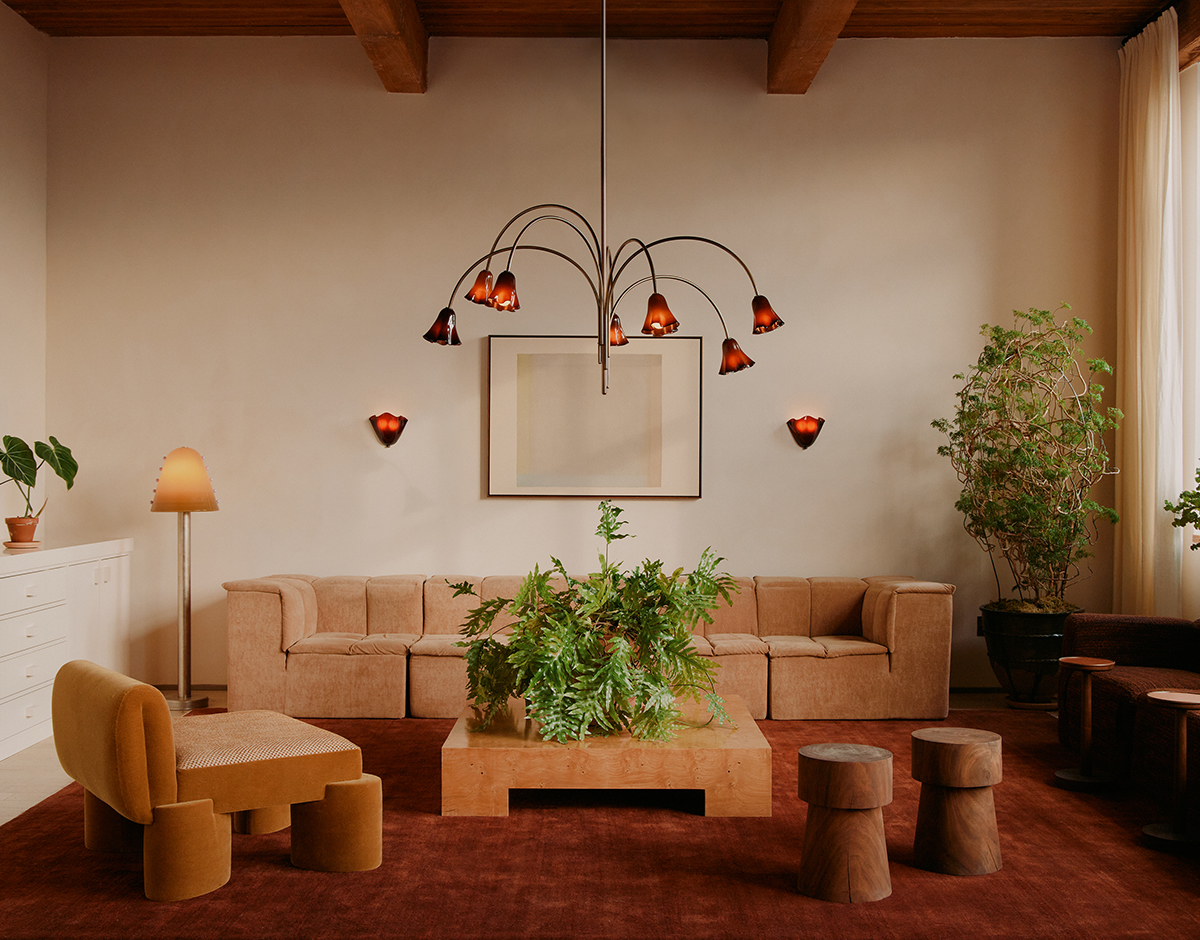
01.25.23
American Design Hot List
The 2022 American Design Hot List, Part III
This week we announced our 10th annual American Design Hot List, Sight Unseen’s editorial award for the names to know now in American design. We’re devoting an entire week to interviews with this year’s honorees — get to know the third group of Hot List designers here (including In Common With’s floral-inspired lighting collaboration with Sophie Lou Jacobsen, above).
Ginger Gordon
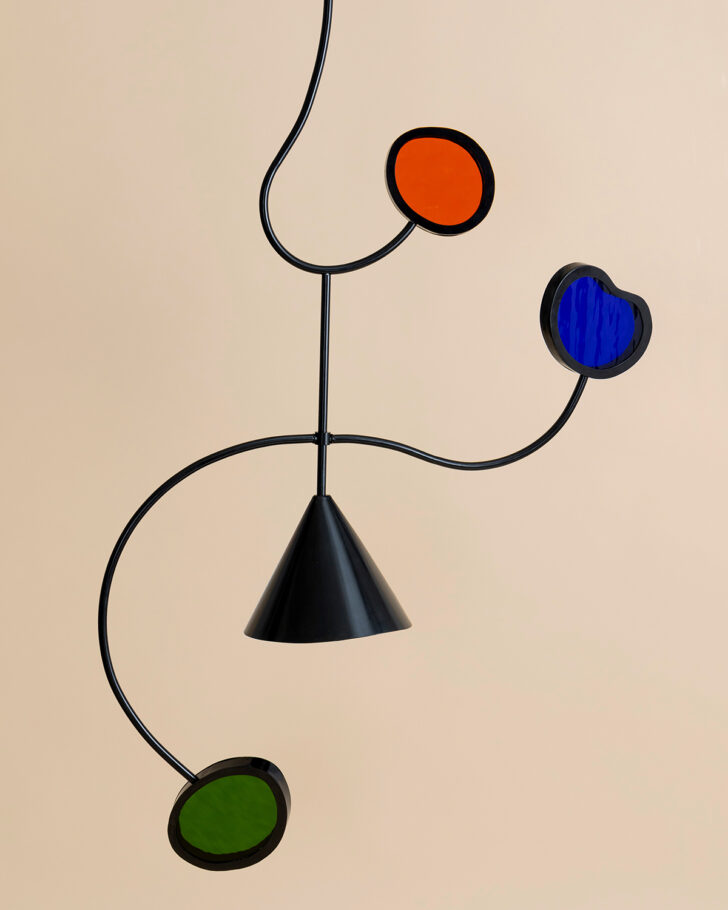
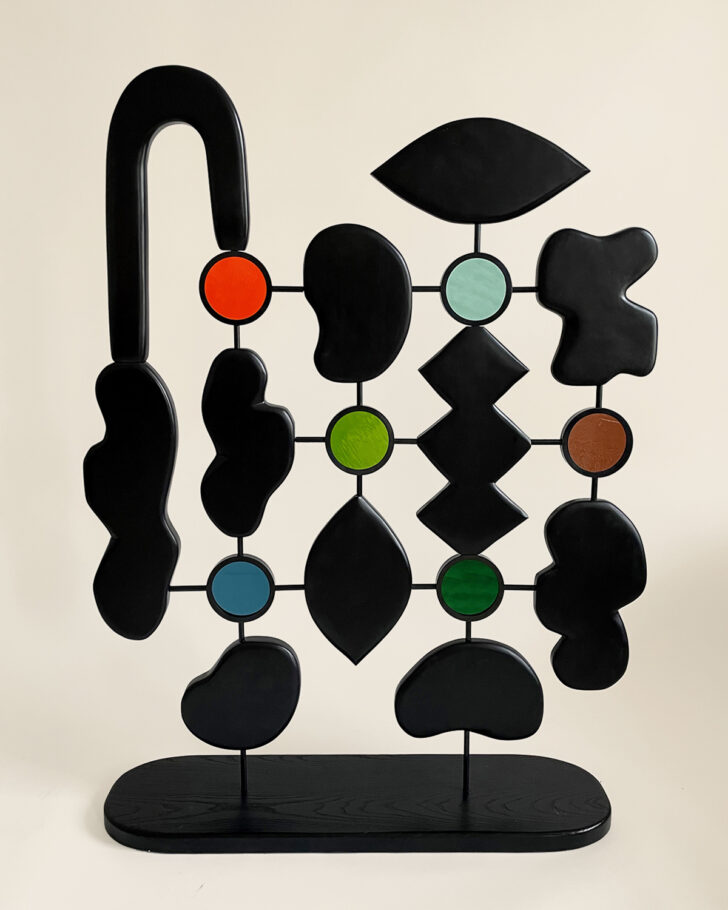
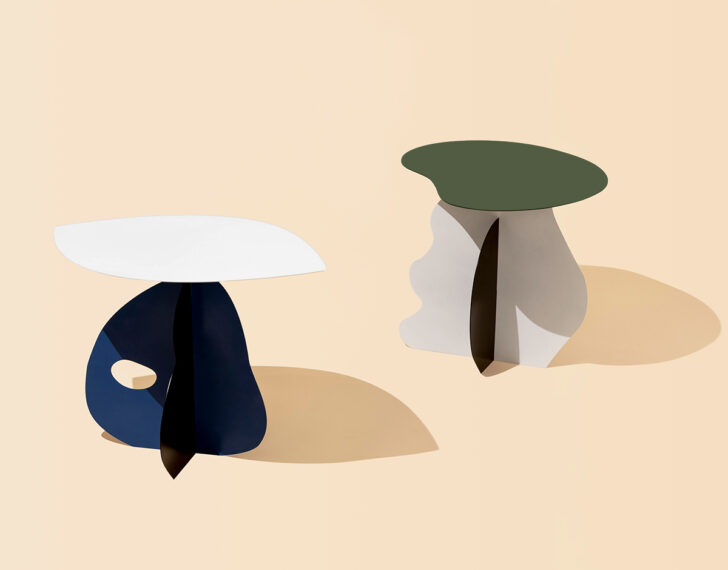
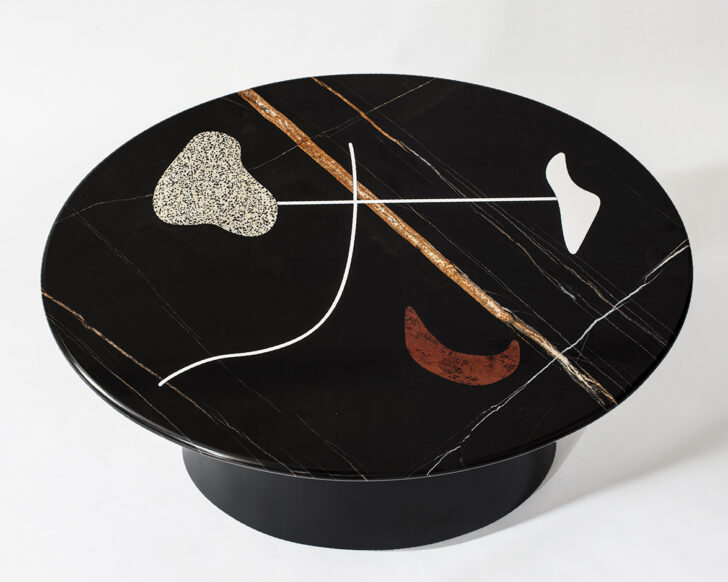
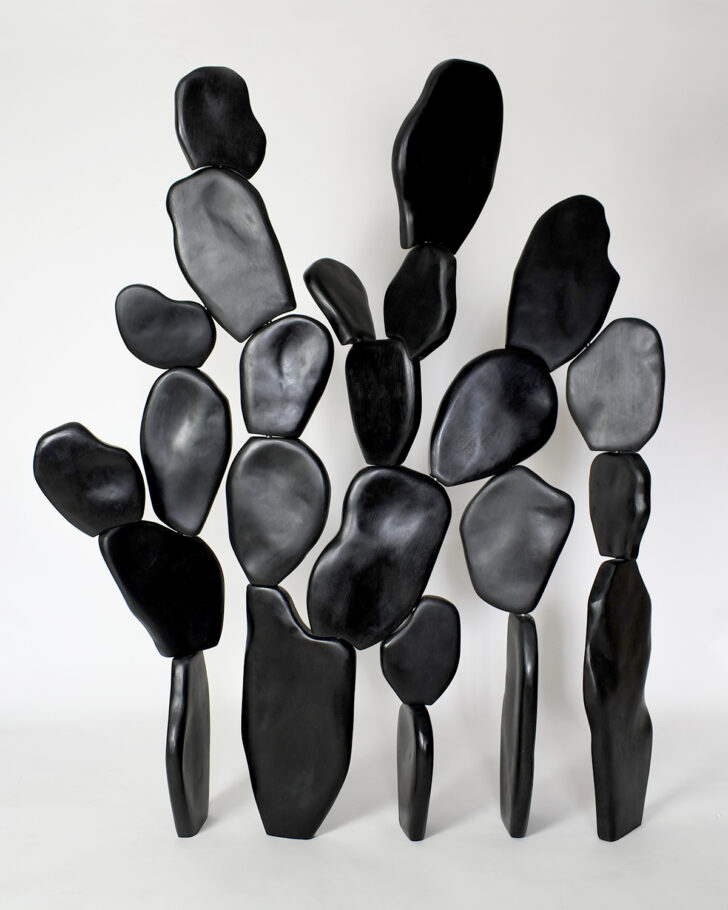
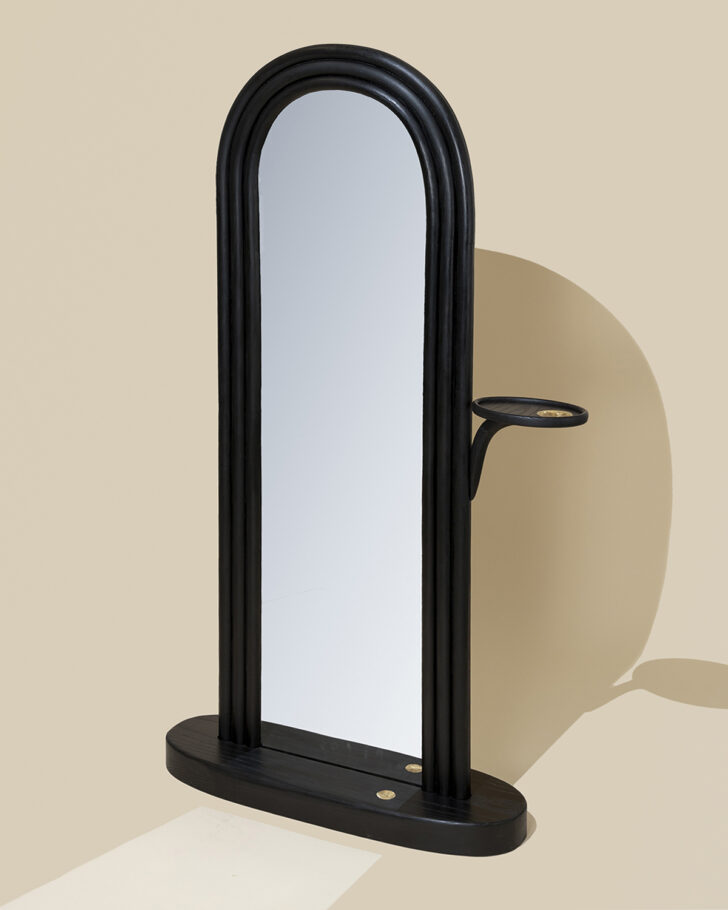 New York, gingergordon.com
New York, gingergordon.com
It’s not often we christen a Hot List nominee so soon after they graduate — from RISD’s class of ’22, in this case — but Gordon’s strong aesthetic shined through in the room dividers, tables, and stools she showed at last year’s Milan fair and New York design week, so we felt confident calling it early. We’re looking forward to seeing where she takes her sculptural wood forms, stained glass accents, and Surrealist influences.
What is American design to you, and what excites you about it?
American design runs in every direction. It’s hopeful; it tells stories. There’s a respect for craft but a determination to create something new and to break from what is tired and known. I admire the constant push of material exploration and the unexpected ways in which materials are brought together in American design. These explorations are creating new stories, ones we haven’t seen, and that makes me continuously excited to see what will emerge.
What are your plans and highlights for the upcoming year?
I’m currently developing my first studio collection, alongside Alexis Tingey. We met each other in school and lived in the metal shop together. We were struck by each other’s work and our shared sources of inspiration. On our last day of class, we decided to open a studio together. This collection is being developed through an artists’ residency at Colony. Our initial pieces for this series will be completed and shown later this year, for our first studio show.
These objects look to push the material and form explorations we’ve independently been working on, from carved wooden forms to textured textiles to inlay to stained glass to stack lamination. The pieces hinge on contrast in materiality, strength, and weight.
What inspires or informs your work in general?
Compositions of line and form often inform my work. I usually sketch with paper and collage, then go straight into material, carving and cutting to reveal interconnected shapes or undulating forms. I admire intricate processes of making, especially handcraft traditionally associated with female makers, like lace-making and embroidery. The intricately woven and knotted forms of lace create patterns that inspire the shapes in my work. I find inspiration in objects that tell stories; the details that draw you in and reveal something unexpected, like a small gilded piece of inlay or an object with an unexpected movement or perspective. All objects have a past, and I like the ones that try to share that with me.
Gregory Beson
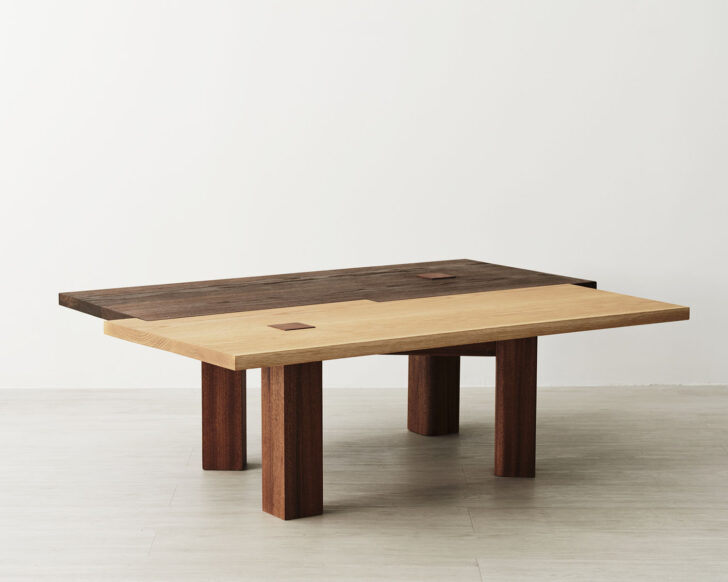
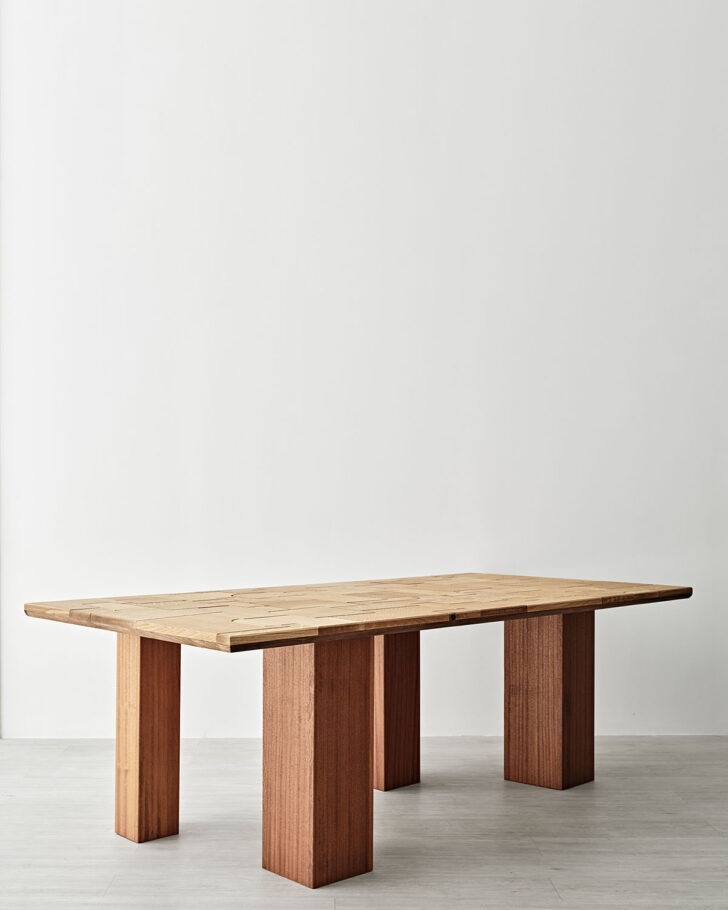
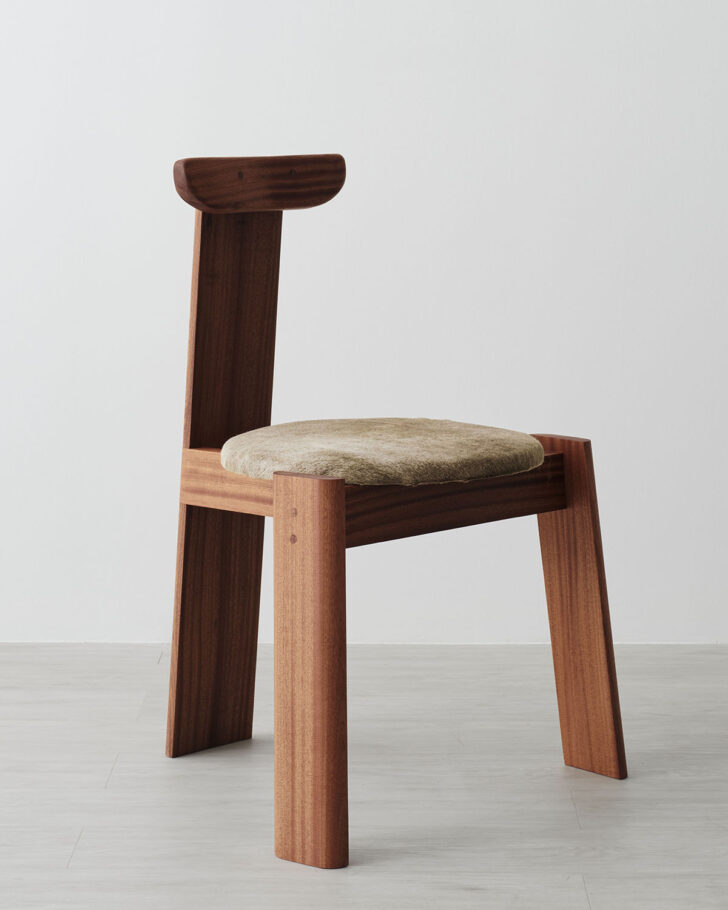
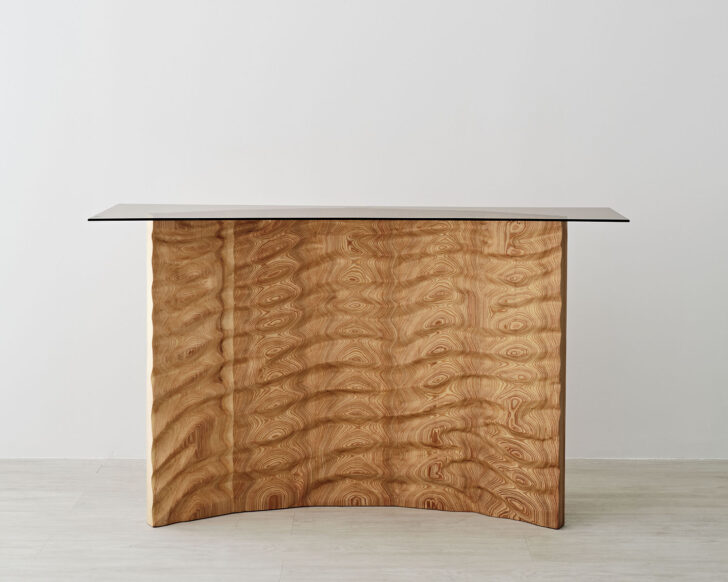
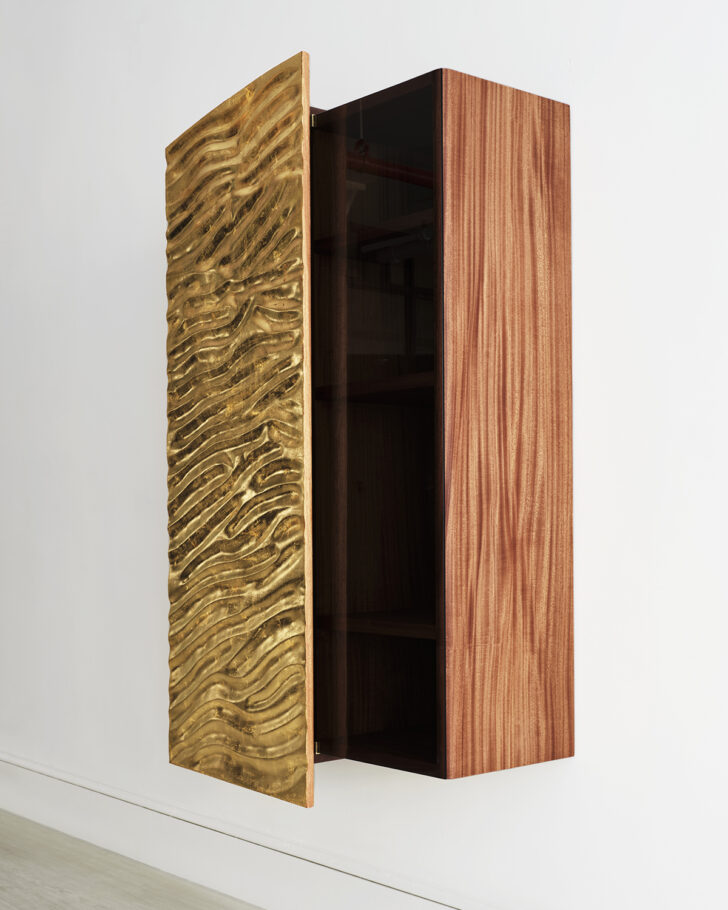
New York, gregorybeson.com
Beson first caught our eye at a Fernando Mastrangelo–curated exhibition in 2019, where he debuted a Scarpa-inspired chair made entirely from bricks of rock salt. What could have been a gimmick in someone else’s hands took on an air of utter inevitability and elegance in Beson’s. Since then, the New England–born former musician and apprentice woodworker has continued to impress us, most recently at a solo exhibition at Love House in New York, where he debuted, among other things, a yin-yang–esque tri-toned coffee table, made from interlocking pieces of white and fumed red oak and inset with mahogany legs.
What is American design to you, and what excites you about it?
It seems to me American design is derived from the proposed ideals of the country itself. American designers bring varied perspectives, experiences, histories and philosophies to the field due to their own lineage, identity, and ethnography. For example, much of my sensibility seems to come from my New England upbringing. This manifests itself through my connection to and affinity for the ocean, work ethic, and my interest and exploration of craft knowledge and material intelligence. I’m salty, but also sweet, and these qualities continue to reveal themselves in my work.
This is what I find most exciting about any field, group, club, community or clique: the weaving together of each individual into the whole. The overlapping of perspective, feeling or opinion, the disagreement, the empathy, and ultimately the sharing of knowledge and perspective. I might not agree with or like all I see in the field of American design, but I’m glad to experience it, thankful for the discussion via work or otherwise, and strive to respond with my own pieces — adding to and hopefully expanding the conversation in our community.
What are your plans and highlights for the upcoming year?
This year promises many new opportunities to share work and collaborate with people I care about and admire greatly. A gallery show at Verso showroom in Tribeca this summer will include a number of varied furniture typologies which highlight beautiful foreign species of timber. A collection of outdoor furniture for a dear private client to suit their wonderful home and convivial family. A collaboration with a thoughtful fashion designer friend on the wine bar at their inn in Maine. A conceptual chair project I’m developing and will plan to exhibit by the year’s end. My work as an educator is ongoing but always a highlight, both at Parsons and with some tutoring and workshops I’ll hold via my own platform.
Lastly, If time permits, I’ll complete some work on a piece of raw, mossy land I purchased on an island in Maine. A picnic table, a tent platform. But this is a decades-long project.
What inspires or informs your work in general?
I am informed by that which I have come to comprehend, that which I strive for and that which I have yet to conceptualize.
It seems to me that which informs and inspires is inextricably linked to the process of my practice. That is to say, there’s no hierarchical system these inhabit, but rather, they are all part of a whole. Or, this process I practice is non linear, and so inspiration is not necessarily a beginning, but rather can be found at any moment and often reappears at multiple points to inform and progress the work.
For me, the work informs and inspires itself, like an audio feedback loop. For example: the tide (wave) pieces from my recent solo show began when I was a child walking the low tide lines of north Atlantic beaches. I called upon the haptic memory to carve those pieces from timber; I could touch what I was carving, close my eyes and understand if my forms were correct from hours of walking these same reliefs in sand. I carved in varied wood species and was able to create a kind of palette of grain patterns to use for different typologies. Sapele was used for gilded pieces due to its straighter, tighter grain, thus keeping the gold leaf as the focus. Cypress was used for the base of a glass-topped console as a means to highlight the wavy grain through relief and shadow, the form relating to the inherent quality of the material. Waves on waves.
More succinctly put by John Berger: “for the artist, drawing is discovery.”
Ian Collings
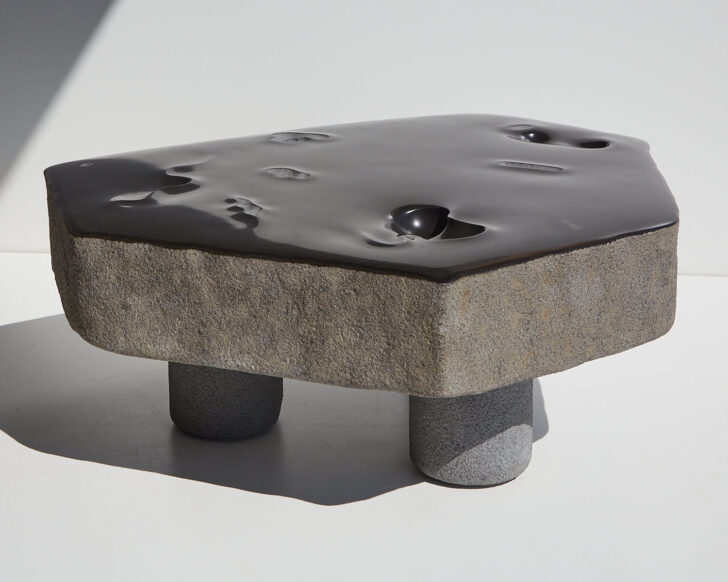
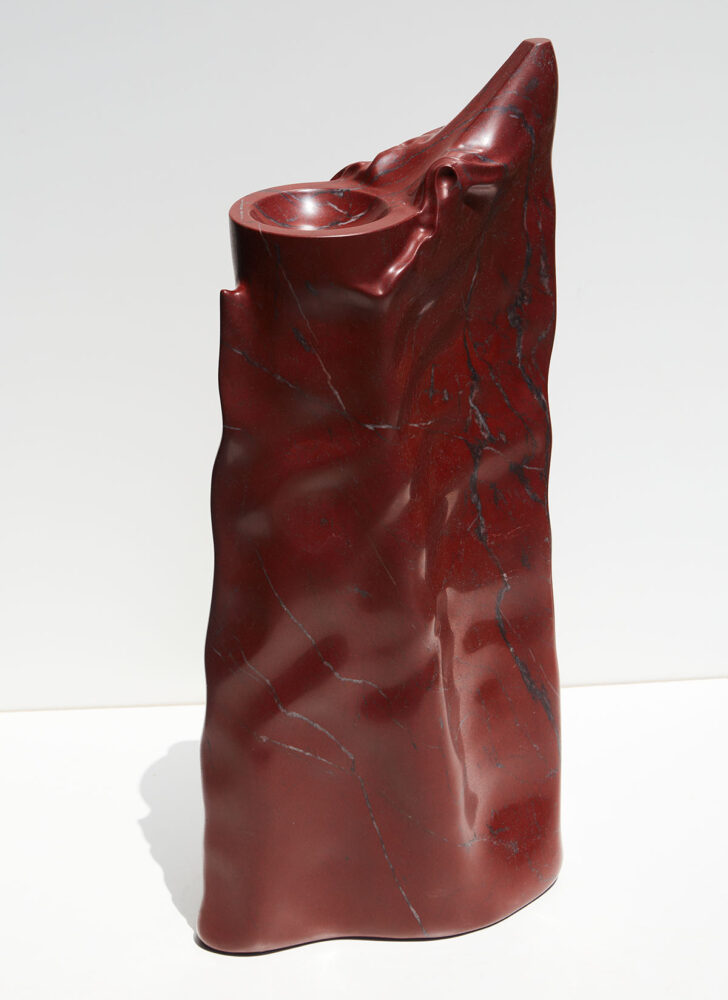
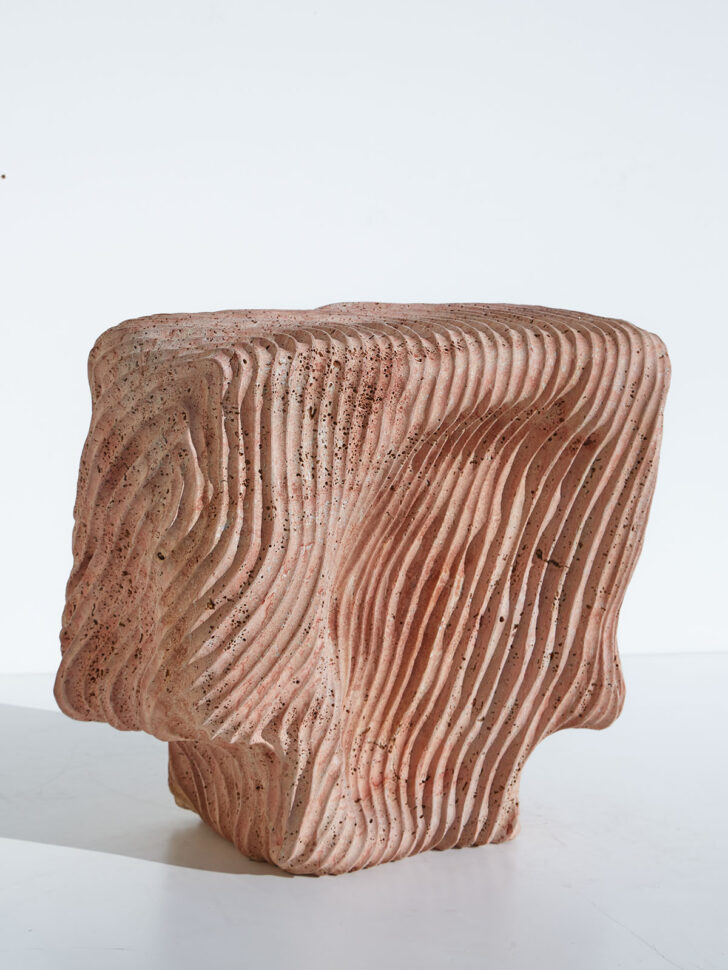
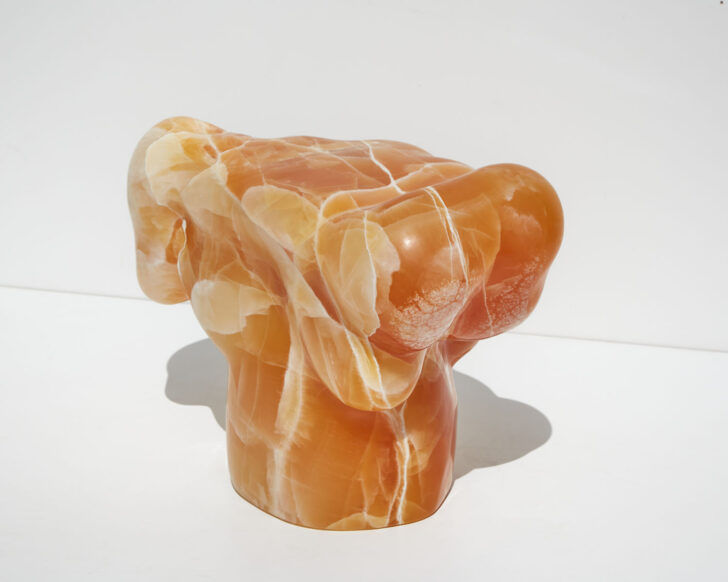
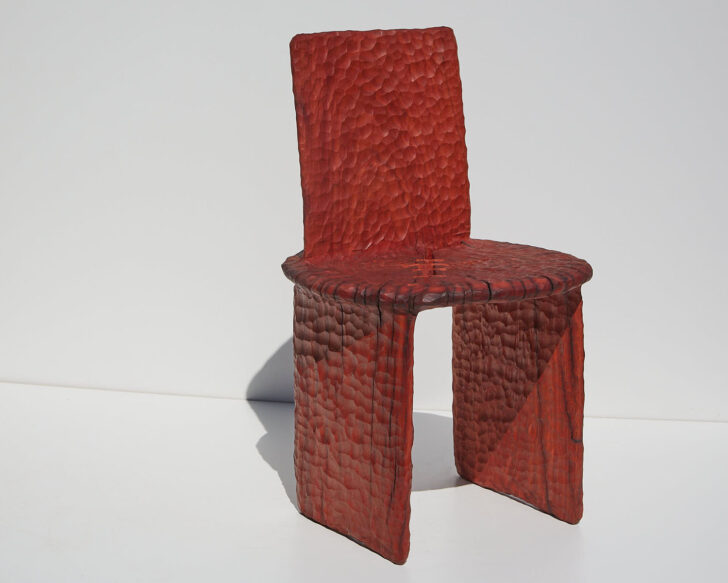
Ojai, California, iancollings.com
As one-half of the Brooklyn-based duo Fort Standard, Collings appeared on our list once before, way back in 2013. But five years ago, Collings left the practice he had helped found in order to take a three-year hiatus, spending time with his family and finding inspiration in the wilds of Central America. When he emerged in late 2020, it was with a full-fledged sculpture practice, a flurry of solo shows with The Future Perfect, and a new visual vocabulary that puts a primacy on natural materials and the ways in which they want to be in the world. He can’t rid himself entirely of utility, though, and one of our favorite pieces in his collection is a basalt coffee table that looks like as though it’s been slicked with a sheen of tar.
What is American design to you, and what excites you about it?
What is exciting to me about American Design feels revealed in this question. There is a largely accepted attitude to maintain a state of flux and exploration. To move in a direction of discovery and rediscovery. Leaving definition (or non definition) up to whoever’s doing the activity. At this point in my life, American design, art, and pretty much everything else are, for me, about interacting with vast spaces — those both physical and metaphysical. I’m interested in experiences that offer higher levels of aliveness. And as much as I allow myself, I want to make objects that feel like rolling around in the mud in a dark cave then running out naked, excited, into the river.
What are your plans and highlights for the upcoming year?
Considering I’m still trying to answer that question for the last three years, and that my plans hardly go as planned anyway, the one constant is the work. I’m engaged in doing the work and in that sense, I’m making new work for a couple of new shows and collections and some secret, exciting commissions for large-scale sculptures. But mostly I’m working to move deeper in the direction I’ve been building into for the last few years. To see if I can break out the other side. In that way, I’m feeling into new materials, spaces, and places. But for the moment I’m very excited about our Californian-winter vegetable garden, rain, and our hopes to return to the Costa Rican jungle sometime soon.
What inspires or informs your work in general?
Inspiration can be hard to pin down, because it’s all the stuff and none of it. For me, it is the sometimes-messy life stuff and the glossy, sexy culture stuff and the quiet things, too, like stars, rocks, and dreams. Lately I’ve been paying attention to the uncomfortable feelings, like nothing working the way I want it to. I also get excited when I find sea fossils at the tops of mountains or rocks made of other rocks for the way they remind me of bigger things. My daughter’s big eyes and determined little hands, old trees and the moment day becomes night are also the stuff of magic and the mystery, which I’ve sadly underrated in the past.
I’m currently reading: Slaughterhouse Five, The Smell of Rain on Dust by Martin Prechtel, and Chris Vitale’s Networkologies (again). I’m listening to The Power of Myth, interviews with Joseph Campbell for probably the hundredth time, any interview with Wade Davis and spending as much time as possible in the mountains.
In Common With
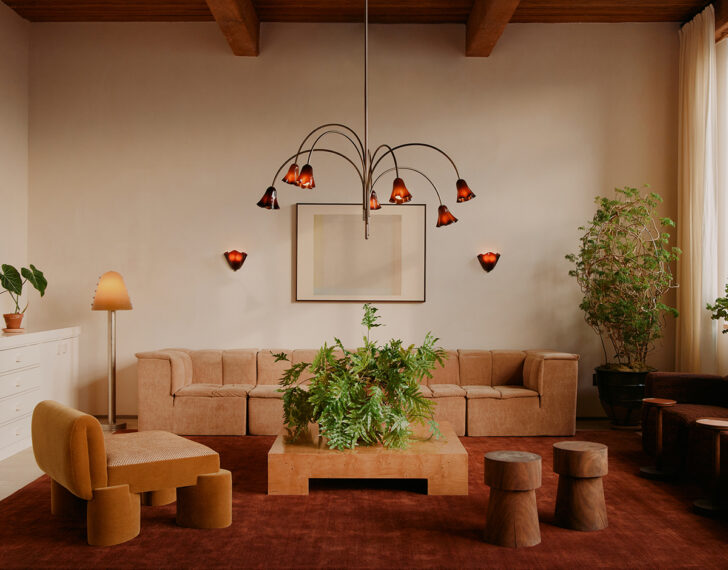
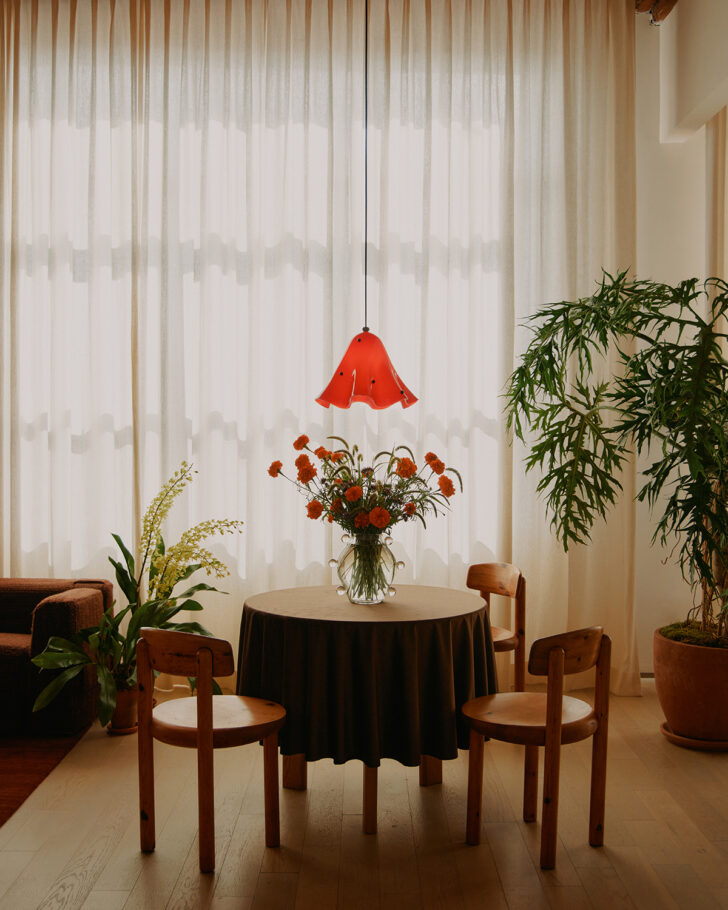
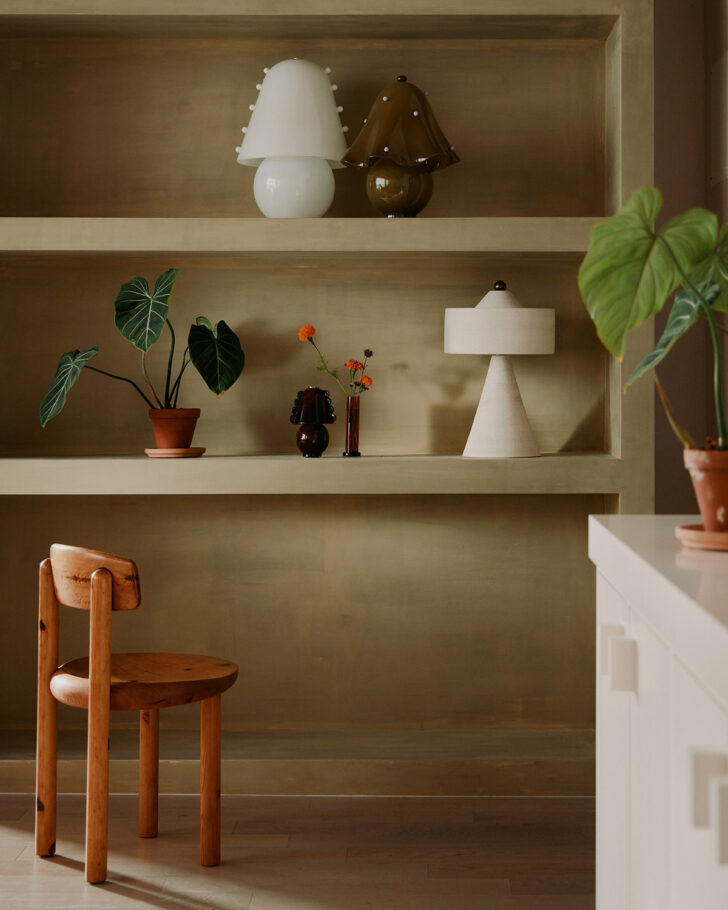
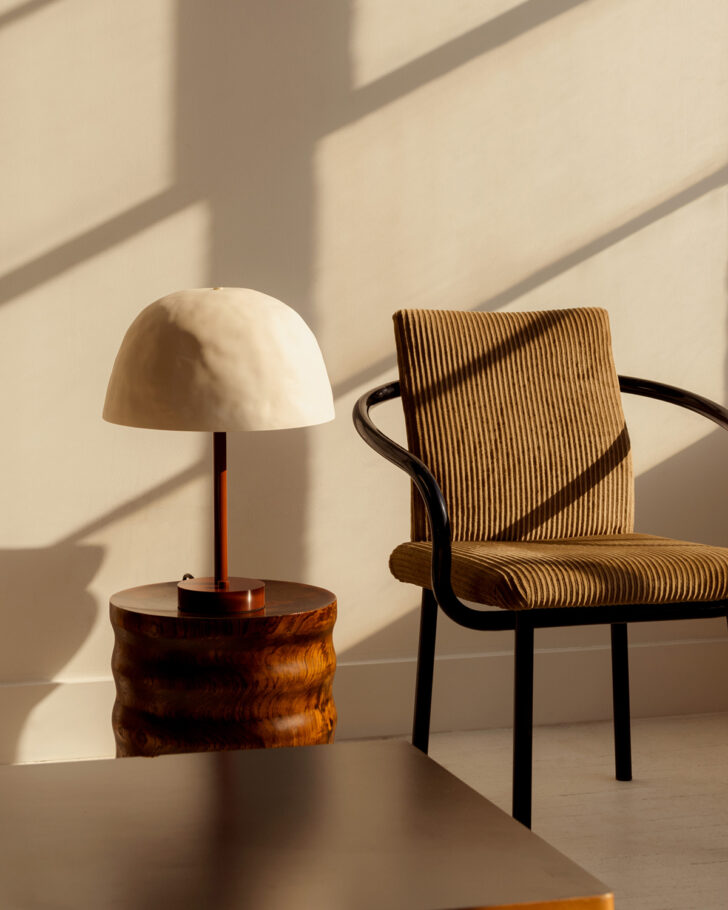
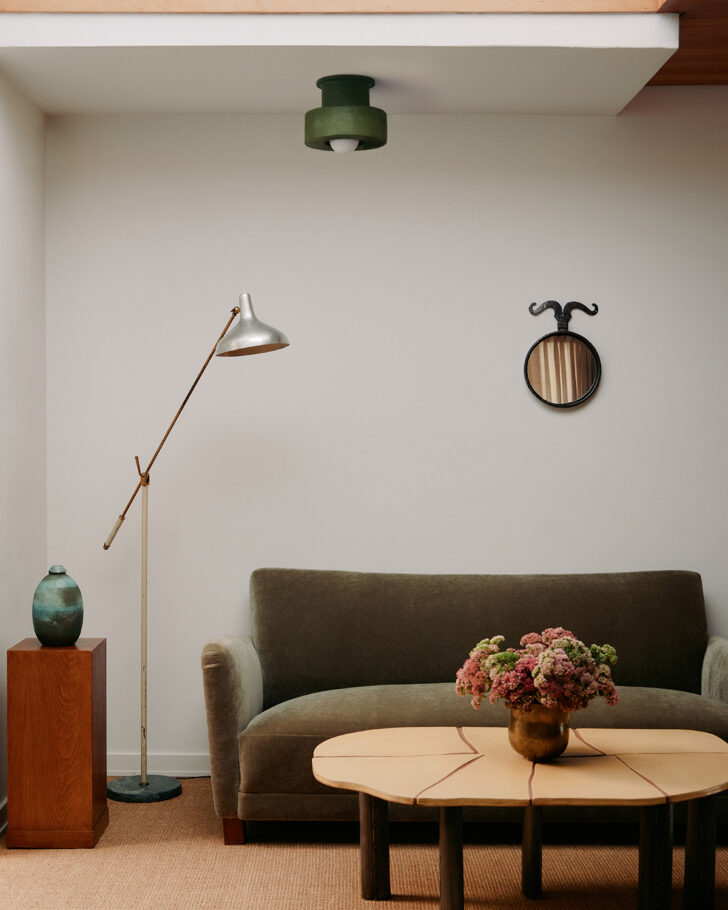
New York, incommonwith.com
Since In Common With made our Hot List back in 2018, some things have not changed, like the fact that founders Felicia Hung and Nick Ozemba still make modular, customizable light fixtures in partnership with glassblowers, ceramicists, and metalsmiths that often emphasize the textures of handicraft. What has changed is their roster, which since grew to encompass two incredible ceramic lighting collaborations with Danny Kaplan, in 2020 and 2022, and a floral-inspired glass fixture collection developed with Sophie Lou Jacobsen that, when it launched last year, blew minds everywhere.
What is American design to you, and what excites you about it?
American design is ever-evolving. It doesn’t have a defined aesthetic; it has an attitude, energy, and heart. It’s autonomous and ambitious.
What are your plans and highlights for the upcoming year?
We’re finishing the final construction phase for our Gowanus studio, adding another 1,000 square feet of space and growing our team. On the design side of things, we’ll be releasing new product lines in the spring and fall, ranging from outdoor lighting, workplace, and our first line of furniture.
What inspires or informs your work in general?
Materials and production techniques. The history of interior, furniture, and lighting design. Collaboration. Kindness. Problem solving.
Jialun Xiong
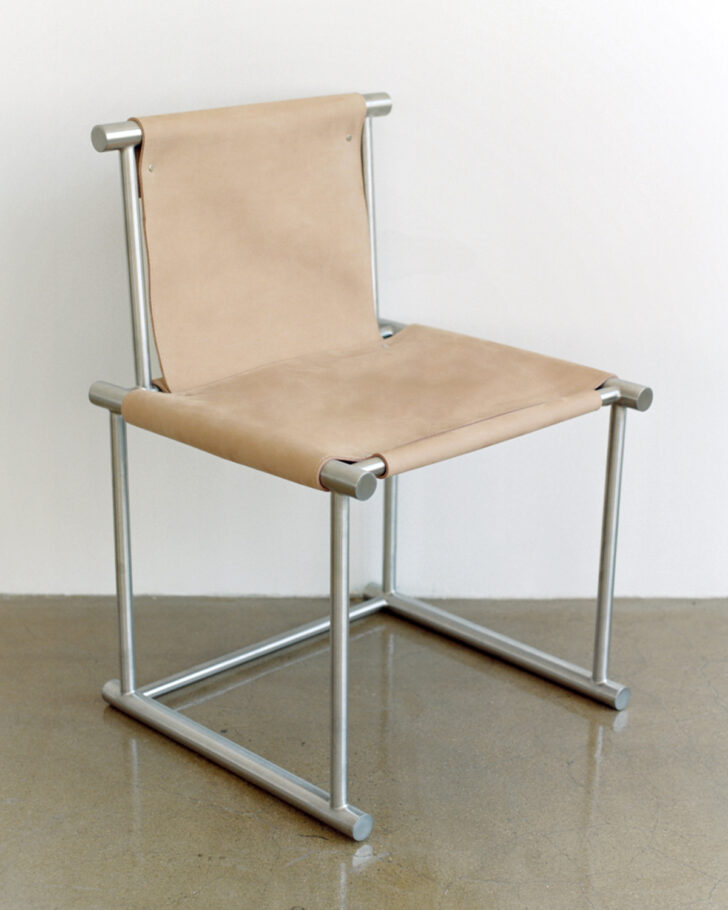
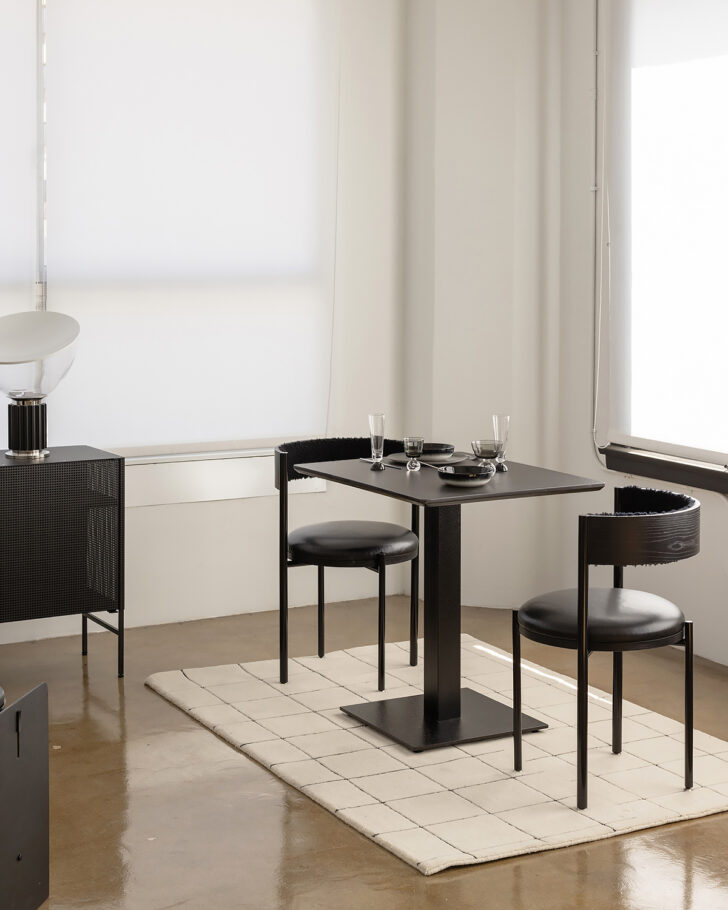
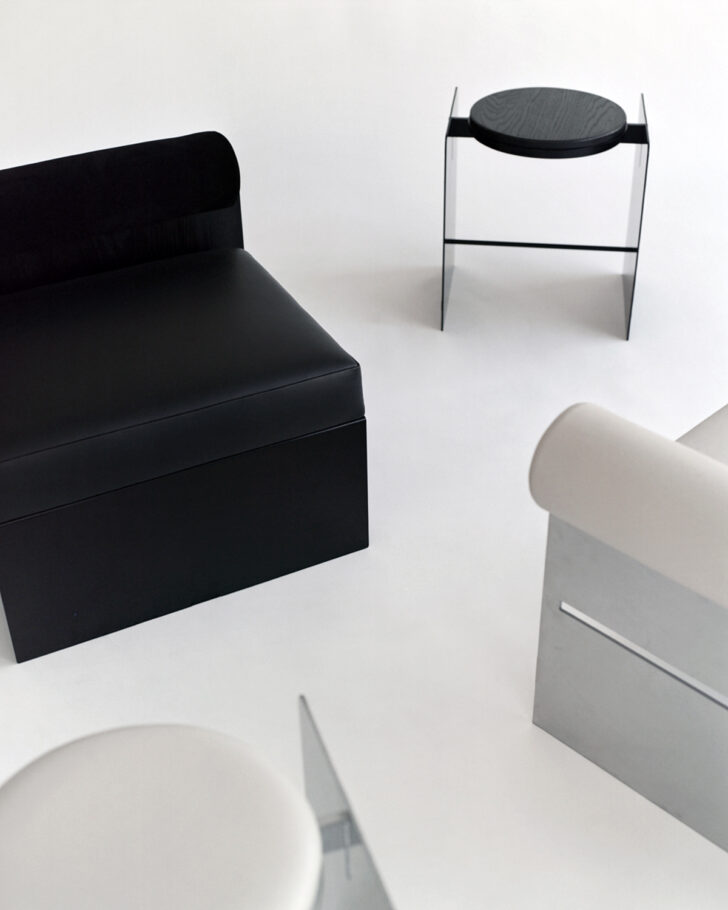
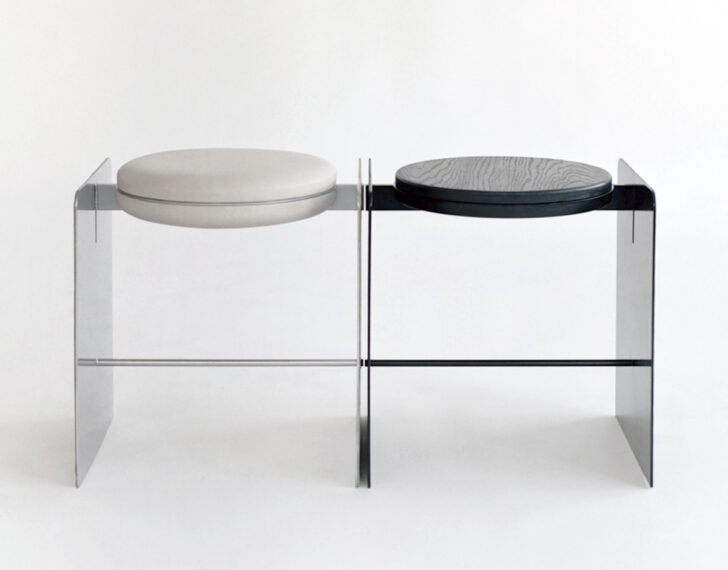
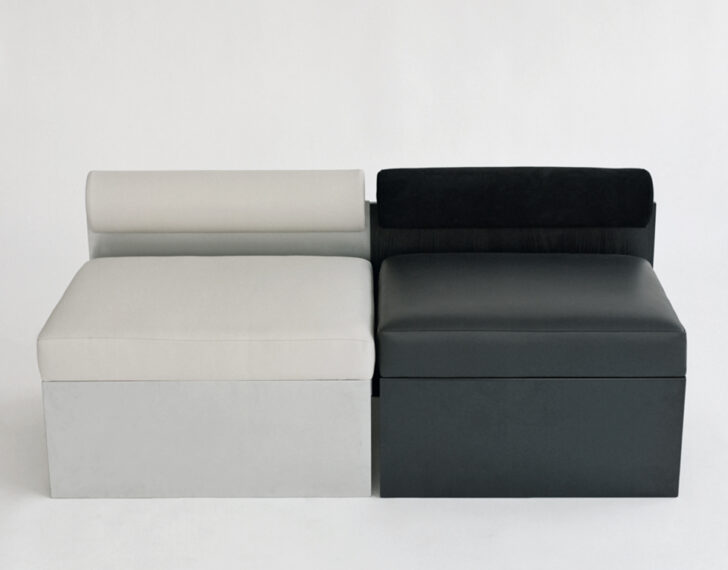
Los Angeles, jialunxiong.com
Before catching our eye with her sheet-steel furniture in the This is America show at Alcova in Milan last June, Xiong studied design and architecture at ArtCenter in L.A., then joined a large firm and worked on high-rise residential buildings not unlike the ones she grew up around in her native Chongqing, China. You can see some of those influences in the solo furniture and interiors studio she launched in 2021, where everything is hyper-minimalist, monochrome, and metal — and yet with subtle elements of softness that make you want to live in and amongst them. We weren’t able to share her newest interior projects here just yet, but trust us, they’re impressive.
What is American design to you, and what excites you about it?
There’s never just one image that goes through my mind when I hear ‘American design.’ It could be the Modernist movement of 1920-1950, the Pop Art and design cultures, individual expression, and freeform. It could also be contradictory or inclusive, since I’ve always felt the tug between the different cultures even when I came to the States for my education and professional practice. For these reasons, there’s a lot of room for creators to share their own visions and understandings through design. It’s unnecessary to actually have a word to describe the work itself. At the end of day, my pieces and projects are just the decisions and insights from part of me.
What are your plans and highlights for the upcoming year?
We almost completed two restaurant interiors (19 Town and Sichuan Impression) in the past year, and those will finally be ready to launch in the coming month. And we’re full speed ahead working on new pieces for the upcoming ICFF + Wanted Design event, where we’ll officially meet professionals as a studio for the first time. I only showed at the fair once, with my first collection, Black Kaleidoscope, when I was a grad student back in 2018.
What inspires or informs your work in general?
Having studied interior architecture and furniture design, I intended to artfully balance positive and negative space, always considering the relationship between objects and spatial volumes. Inspired by the mountainous landscape and high-rise architecture of my hometown in Chongqing, as well as the functional minimalism of the International Style of architecture, I want to create spatial environments and furnishings with an abstract geometric bent that precisely frames the human experience happening within. My design encourages a heightened awareness of every material detail, inspiring a ceremonial attitude where slowing down and finding presence is celebrated.
